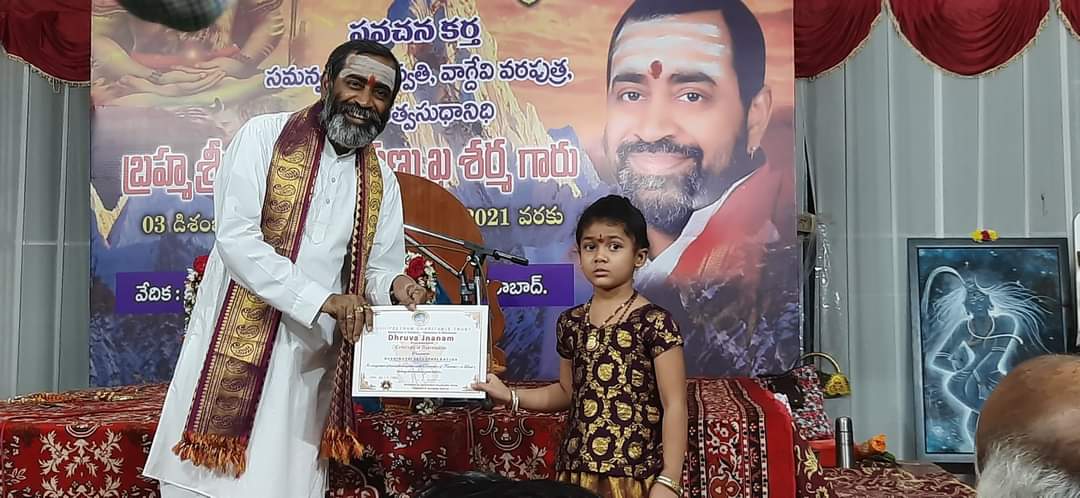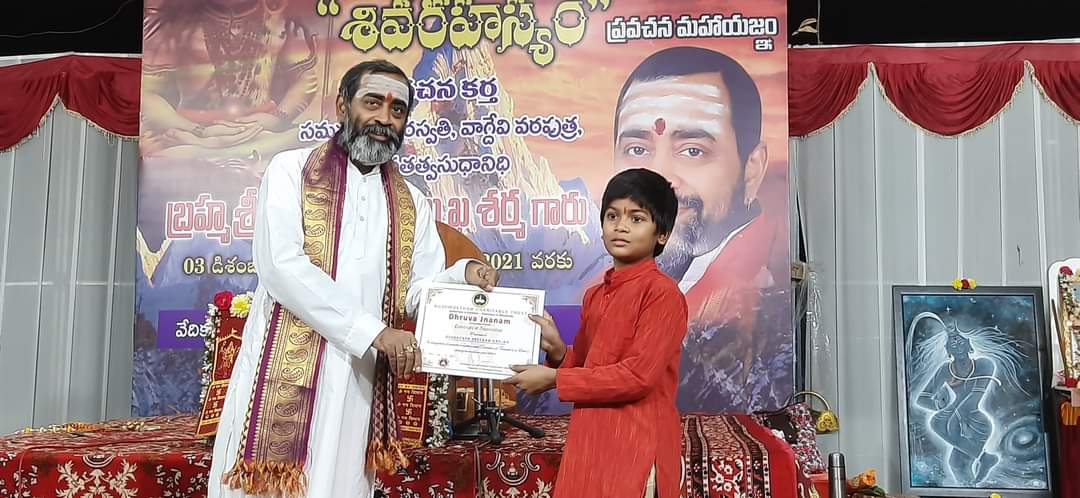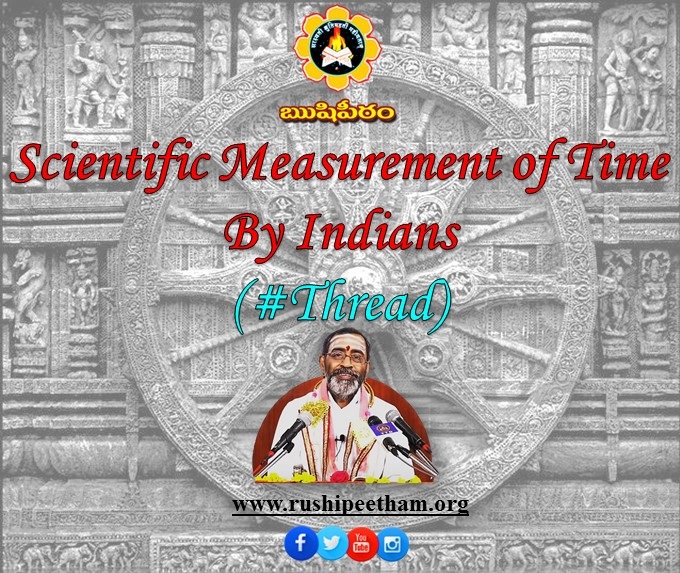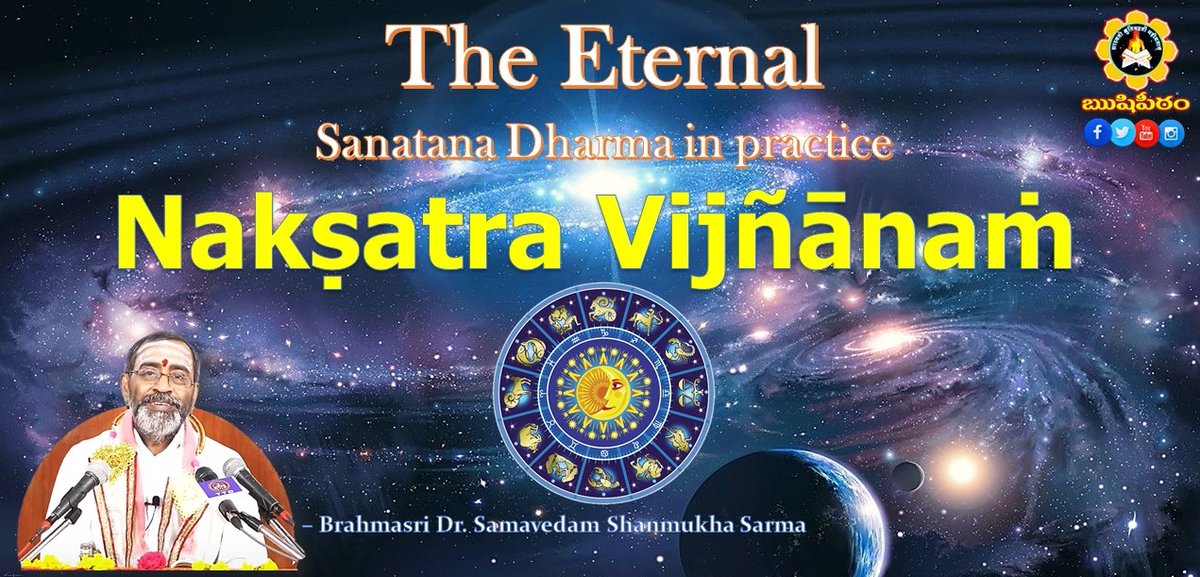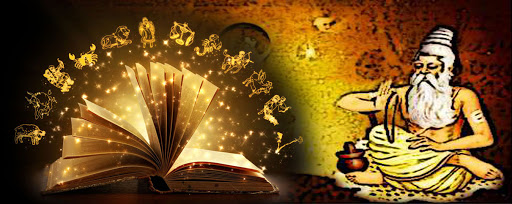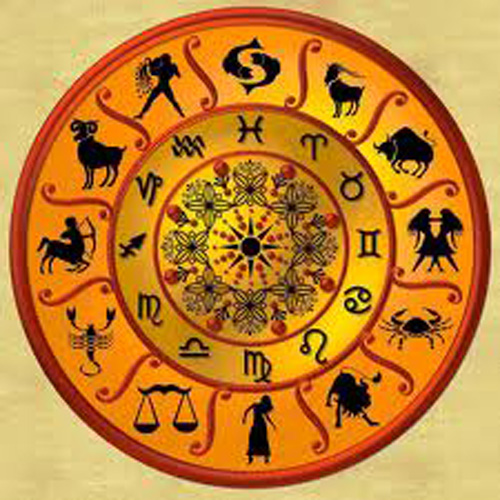
significance & worship to be performed on a rare combination occurring Jan 12th
In the culture of Bhāratadēśa, ‘Time’ has great significance. Tithis, days of the week, stars – everything has its own distinction. All the beings are bound by time and time is in the control of God.
In the culture of Bhāratadēśa, ‘Time’ has great significance. Tithis, days of the week, stars – everything has its own distinction. All the beings are bound by time and time is in the control of God.
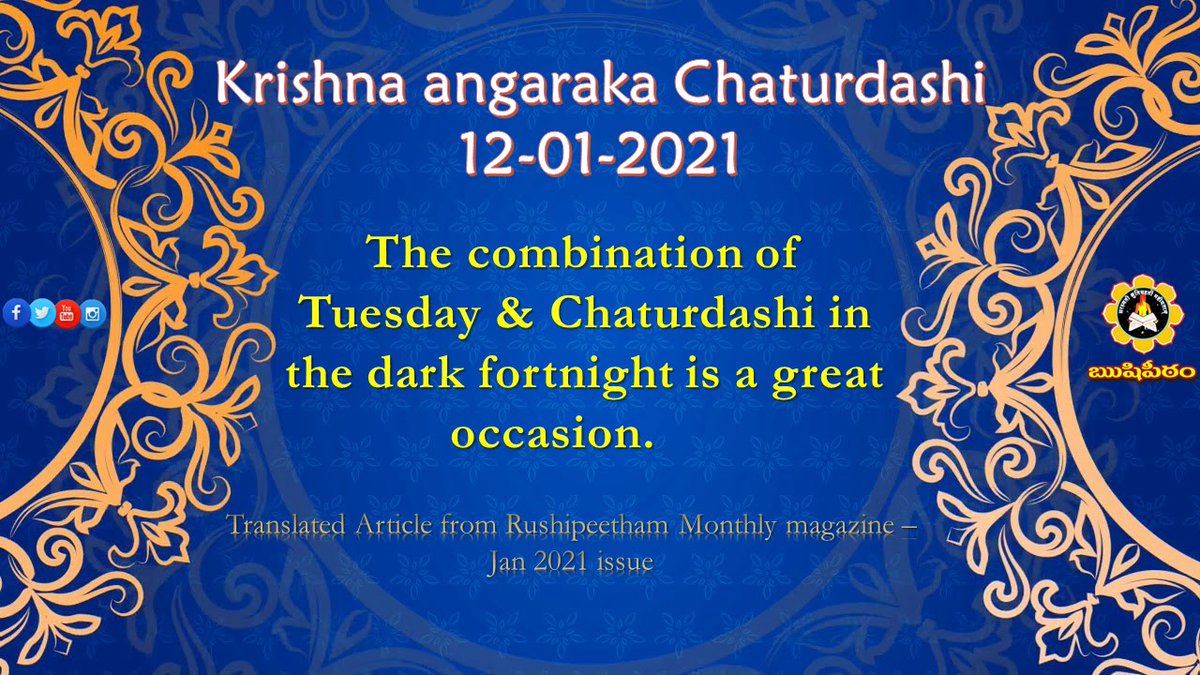
With compassion, the Supreme God graced that one performing worship in some special stipulated times acquires special merits. This is true in case of every deity. Worship of a particular deity on a particular tithi bestows the grace of that particular deity quickly and certainly.
Among those, Kr̥ṣṇāṁgāraka Caturdaśi is imp. The combination of Tuesday & Caturdaśi in the dark fortnight is a great occasion.
विरिन्चिशक्रविष्णूनां मनुष्याणां तु का कथा ।
तेन त्वं सर्वसत्त्वेन ग्रहराजो महाबलः॥
Not only present as one among the nine planets, Aṅgāraka..
विरिन्चिशक्रविष्णूनां मनुष्याणां तु का कथा ।
तेन त्वं सर्वसत्त्वेन ग्रहराजो महाबलः॥
Not only present as one among the nine planets, Aṅgāraka..
Aṅgāraka (Mars) planet is the king of all the planets. The reason for this is mentioned below that Aṅgāraka is the son of Śiva.
पुरा तपस्यतः शम्भोर्दाक्षायण्या वियोगतः ।
भालस्थलात्पपातैकः स्वेदबिन्दुर्महीतले ॥
पुरा तपस्यतः शम्भोर्दाक्षायण्या वियोगतः ।
भालस्थलात्पपातैकः स्वेदबिन्दुर्महीतले ॥
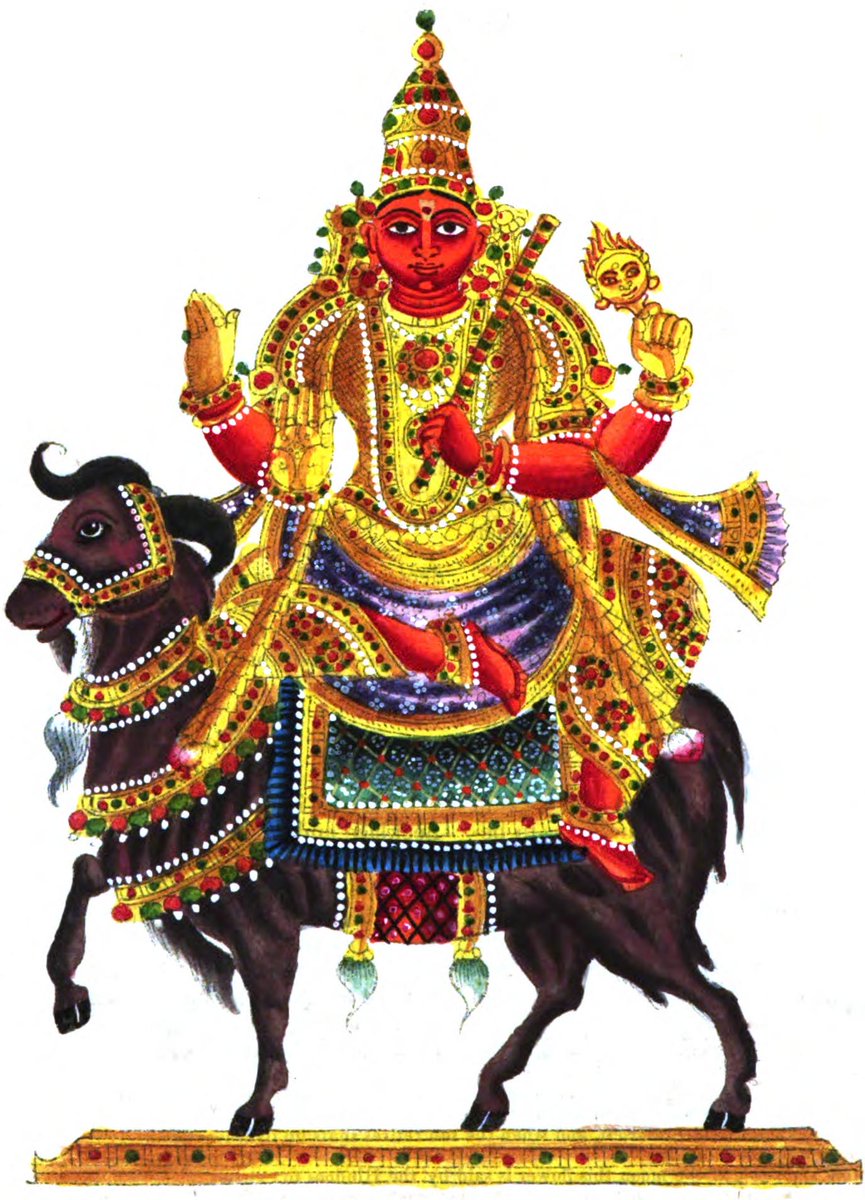
ततः कुमारः सम्जज्ञे लोहिताङ्गो महीतलात् ।
स्नेहसम्बन्धिनः सोఽथ धात्र्या धात्रीस्वरूपया ॥
माहेय इत्यतः ख्यातिं परामेष गतः सदा ।
Skānda Purāṇa mentions that a waterdrop fell on the earth from Paramēśwara deeply immersed in tapas from which came a red-complexioned boy.
स्नेहसम्बन्धिनः सोఽथ धात्र्या धात्रीस्वरूपया ॥
माहेय इत्यतः ख्यातिं परामेष गतः सदा ।
Skānda Purāṇa mentions that a waterdrop fell on the earth from Paramēśwara deeply immersed in tapas from which came a red-complexioned boy.
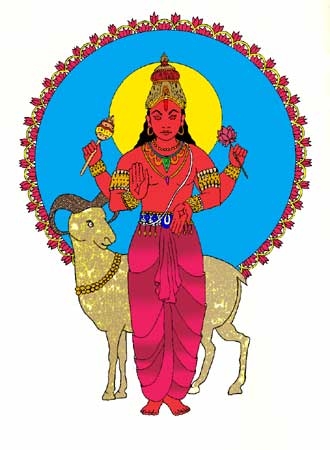
Since, Mother Earth also considered him to be her son, He is called ‘Mahēya’. Thus, the effulgence that generated in the forehead of Paramēśwara turned graceful for Aṅgāraka, whereas it became ferocious for Kāma (Manmatha). Later, the boy performed intense tapas in Kāśi..
At that time, an ‘Aṅgāraka’ effulgence emanated from him. Therefore, he is called Aṅgāraka. Pleased with his tapas, Śiva created a world for him in the cosmos and made him one among the planets.
Śiva also gave him a position equal to His sons Hēramba and Ṣaṇmukha.
Śiva also gave him a position equal to His sons Hēramba and Ṣaṇmukha.
Since we all live on the earth, the grace of Bhauma i.e. one born from the earth, is quite essential.
Brahma tells Nārada
सर्वेषां भूमिसम्बन्धमस्तिते नात्रसन्शयः।
ऋर्णानुबन्धरूपेण पशुपत्नीसुतादयाः॥
अन्योन्यं सुखदुःखादिहेतुरित्यवधारय।
किन्तु सर्वऋणध्वन्सं भविष्यति कुजार्चनात्॥
Brahma tells Nārada
सर्वेषां भूमिसम्बन्धमस्तिते नात्रसन्शयः।
ऋर्णानुबन्धरूपेण पशुपत्नीसुतादयाः॥
अन्योन्यं सुखदुःखादिहेतुरित्यवधारय।
किन्तु सर्वऋणध्वन्सं भविष्यति कुजार्चनात्॥
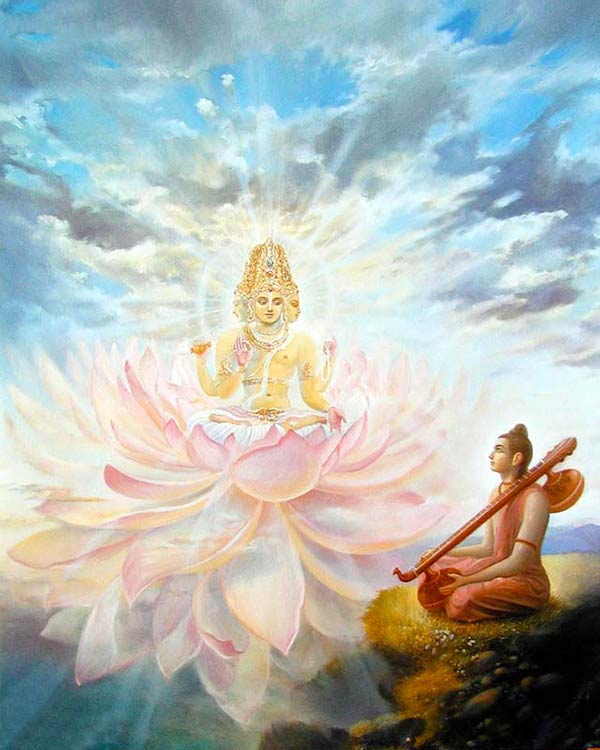
ऋणेन्धनाद्रि दहनादङ्गाकरक् इतीर्यते।
कुजः कुमारो भगवानसौ सन्मङ्गलात्मकः॥
The moment a human being is born, debts related to earth are formed, due to which spouse, children, and other bondages occur. These bondages give both pleasure and pain.
कुजः कुमारो भगवानसौ सन्मङ्गलात्मकः॥
The moment a human being is born, debts related to earth are formed, due to which spouse, children, and other bondages occur. These bondages give both pleasure and pain.
Worship of Kuja removes the pains that may occur due to the bondages happening because of these debts. The grace of Aṅgāraka can free from mountain like debts and chronic ailments, just like mountains of cotton are reduced to ashes with just one spark of fire.
In fact, ‘Aṅgāraka’ also means a fire spark. Aṅgāraka himself is mentioned as the embodiment of auspiciousness and God Subrahmaṇya.
Aṅgāraka is also known as ‘Mangaḷa’, since he bestows auspiciousness, Kuja since he is ja – born to Ku – Earth.
Aṅgāraka is also known as ‘Mangaḷa’, since he bestows auspiciousness, Kuja since he is ja – born to Ku – Earth.
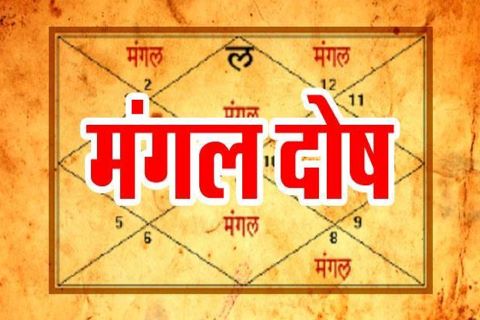
Kuja Dosh – This term is often heard. Many know this planet due to this term only. The effect of any planet upon any being is the result of the actions performed previously. To propitiate Kuja, generally it is told to worship Subrahmaṇya on Tuesdays as both are the sons Śiva!
Few Purāṇās mention that Subrahmaṇya was able to vanquish the demon Tārakāsura with the aid and power of Kuja.
Worship of Gaṇapati on a day when there is a combination of Tuesday and Caviti tithi is auspicious, as this is ‘Alabhya Yōga’, and bestows the grace of Kuja.
Worship of Gaṇapati on a day when there is a combination of Tuesday and Caviti tithi is auspicious, as this is ‘Alabhya Yōga’, and bestows the grace of Kuja.
One who has favorable Kuja leads life with chivalry, has harmony among the family, and has no worries of either disease or debt.
Though Kuja is not favorable now due to some actions performed in previous births, he is very compassionate and bestows his grace with small remedies.
Though Kuja is not favorable now due to some actions performed in previous births, he is very compassionate and bestows his grace with small remedies.
Many devotees of Subrahmaṇya perform special worship to Aṅgāraka. Scriptures also made an extensive mention about the worship of Ānjanēya and Narasimha Swāmi on Tuesdays to obtain the grace of Kuja.
Worship of Kuja Yantra is done on par with the Yantras of deities.
Worship of Kuja Yantra is done on par with the Yantras of deities.
An upward triangle is principal in this Yantra, which represents Agni. Because, Kuja came out from the eye present on the forehead of Śiva, the characteristic of Fire is principal in him.
This Yantra has nine squares in which the sum of any three numbers will be 21.
This Yantra has nine squares in which the sum of any three numbers will be 21.
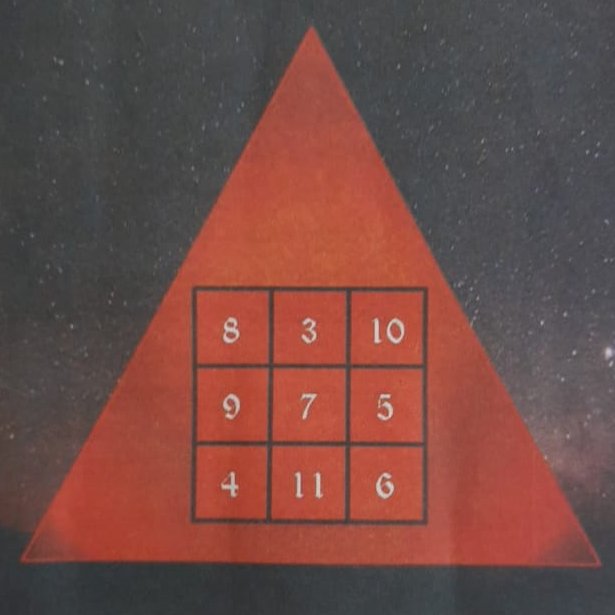
Number 21 belongs to Gaṇapati. Not only that, worship of Kuja removes 21 kinds of difficulties.
Hence, it is mentioned in Bhaviṣyōttara Purāṇa that performing circum-ambulation 21 times is essential to obtain the grace of the God.
There are many stōtrās related to Aṅgāraka
Hence, it is mentioned in Bhaviṣyōttara Purāṇa that performing circum-ambulation 21 times is essential to obtain the grace of the God.
There are many stōtrās related to Aṅgāraka
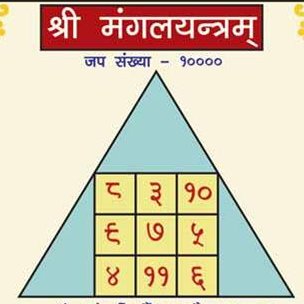
R̥ṇahara Aṅgāraka stōtra is given by Brahma through Skanda. Devout and disciplined chanting of that stōtra provides relief from debts and poverty. Mangaḷa is an embodiment of grace who can also free humans from the mandatory debts of Dēva, Pitr̥u, R̥ṣi, Bhūta, and Manuṣya.
It is traditional to invoke Aṅgāraka in an idol of red sandalwood for worship. Even during the worship of nine planets, it is mentioned –
त्रिभुजाकारमण्डले रक्तचन्दन प्रतिमायां भगवन्तं अङ्गारकं अग्न्याक्रितिम्।
दक्षिणाभिमुखं रक्तवर्णं शक्तिशूलगदा खड्गधर चतुर्भुजं मेषरथवाहनं॥
त्रिभुजाकारमण्डले रक्तचन्दन प्रतिमायां भगवन्तं अङ्गारकं अग्न्याक्रितिम्।
दक्षिणाभिमुखं रक्तवर्णं शक्तिशूलगदा खड्गधर चतुर्भुजं मेषरथवाहनं॥
To emphasize that it is due to the grace of Aṅgāraka a couple shall be blessed with virtuous progeny later, an idol of red sandalwood is treated as the son in the marriage ritual. One should understand the significance of this ritual as the grace of this planet Kuja.
tribhujākāramaṇḍalam, agnyākr̥tiṁ - This is an upward triangle that represents Agni (Fire) in a hexagon. Because, the upward triangle is Aṅgāraka, he is determined as the form of Agni. As per the scriptural dictum ‘Agni Mukhāvai Dēvā:’, worship of Subrahmaṇya, Gaṇapati,
Ānjanēya, Narasimha Swāmi, Divine Mother and many other deities on Mangaḷa (Aṅgāraka) day i.e. Tuesday certainly bestows their grace.
Dakṣiṇābhimukhaṁ – This sign symbolizes the ability to give knowledge. One acquires knowledge with the worship of Kuja.
Dakṣiṇābhimukhaṁ – This sign symbolizes the ability to give knowledge. One acquires knowledge with the worship of Kuja.
Muttuswāmi Dīkṣitār, who was bestowed the grace of Guruguha, described about Kuja in his Navagraha compositions as
‘Divyaughādi gurukaṭākṣānugrahapātraṁ’ i.e. the grace of Kuja bestows the grace of Divyaugha, Siddhaugha , and Mānavaugha congregations of Gurus.
‘Divyaughādi gurukaṭākṣānugrahapātraṁ’ i.e. the grace of Kuja bestows the grace of Divyaugha, Siddhaugha , and Mānavaugha congregations of Gurus.
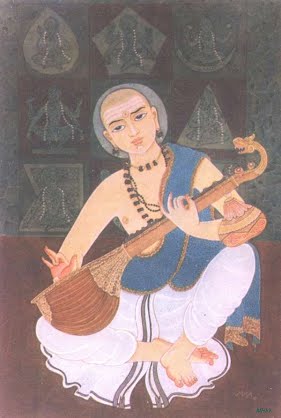
mēṣarathavāhanaṁ - Having the chariot of ram as vehicle also signifies that Kuja is none other than Fire itself. His names such as ‘Aṅgāraka’, ‘Yama’, ‘Sarvarōgāpahārakaḥ’, ‘Sarvadēvaiścapūjitaḥ’ elucidate his distinction. His worship bestows the grace of Yama also.
Symbolizing the same, worship and tarpanas to Yama are stipulated on this day.
On any day, especially on this day, one should offer arghya with water in a copper pot mixed with red sandalwood, red flowers, and akṣata sitting on the knees chanting the following :-
On any day, especially on this day, one should offer arghya with water in a copper pot mixed with red sandalwood, red flowers, and akṣata sitting on the knees chanting the following :-
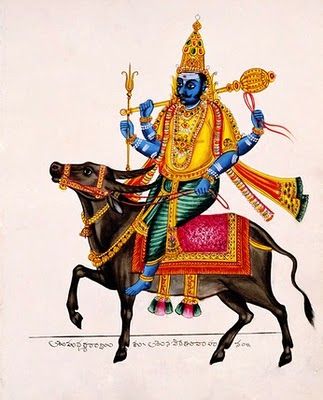
भूमिपुत्र महातेज स्वेदोद्भवपिनाकिनः ।
ऋणार्तस्त्वां प्रपन्नोस्मि ग्हाणार्घ्यं नमोस्तुते ॥
प्रसीद देवदेवेश विघ्नहारिन् धरात्मज ।
ग्रिहाणार्घ्यं मया दत्तं मम शान्तिप्रदो भव ॥
रक्तप्रवाऌअसङ्काश जपाकुसुमसन्निभ ।
महीसुत महाबाहो ग्रिहाणार्घ्यं नमोस्तुते ॥
ऋणार्तस्त्वां प्रपन्नोस्मि ग्हाणार्घ्यं नमोस्तुते ॥
प्रसीद देवदेवेश विघ्नहारिन् धरात्मज ।
ग्रिहाणार्घ्यं मया दत्तं मम शान्तिप्रदो भव ॥
रक्तप्रवाऌअसङ्काश जपाकुसुमसन्निभ ।
महीसुत महाबाहो ग्रिहाणार्घ्यं नमोस्तुते ॥
आङ्गारकमहीपुत्र सुब्रह्मण्य दयानिधे ।
ऋणार्तस्त्वां प्रसन्नोस्ति ग्रिहाणार्घ्यं नमोस्तुते ॥
After offering arghya four times like this, one should perform circum-ambulation 21 times to obtain the grace of Kuja.
Śrī Muttuswāmi Dīkṣitār described the tattva & form of Aṅgāraka
ऋणार्तस्त्वां प्रसन्नोस्ति ग्रिहाणार्घ्यं नमोस्तुते ॥
After offering arghya four times like this, one should perform circum-ambulation 21 times to obtain the grace of Kuja.
Śrī Muttuswāmi Dīkṣitār described the tattva & form of Aṅgāraka
in his composition –
‘raktāṅgaṁ raktāmbarādidharaṁ śaktiśūladharaṁ maṅgaḷaṁ kambukaḷaṁ man̄julatarapadayugaḷaṁ .....
mandasmita vilasitavaktraṁ...
jānusthahastacitraṁ caturbhujamativicitraṁ’
‘raktāṅgaṁ raktāmbarādidharaṁ śaktiśūladharaṁ maṅgaḷaṁ kambukaḷaṁ man̄julatarapadayugaḷaṁ .....
mandasmita vilasitavaktraṁ...
jānusthahastacitraṁ caturbhujamativicitraṁ’
Prostrations to one who - has red complexioned body, is wearing red clothes, has beautiful smiling face, is holding the weapon Śakti, has put one hand on his waist and held another in fearlessness pose, has tender feet, and is radiating effulgence.
• • •
Missing some Tweet in this thread? You can try to
force a refresh


